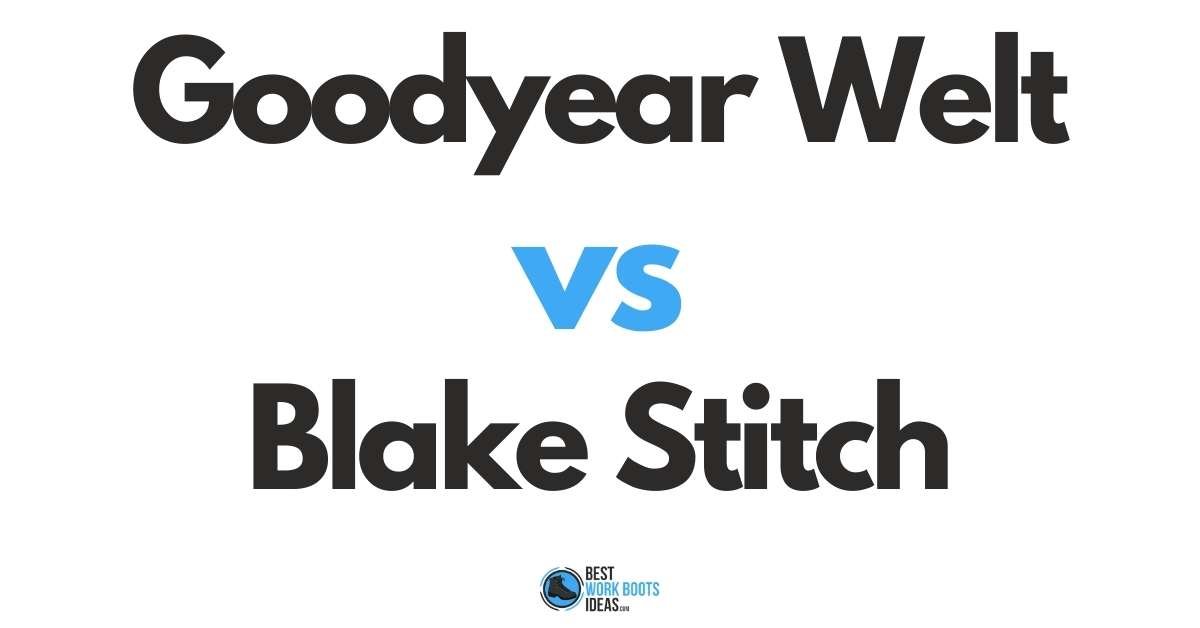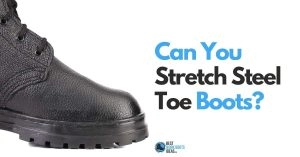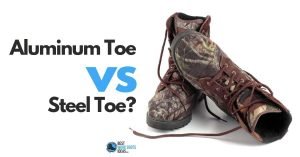Welts, Stitches, and Seams: Goodyear Welt vs Blake Stitch Construction all you need to know

Returning to the topic of stitched shoe construction methods, we’re at the point where we’re going to get into the differences between the Goodyear Welt and Blake Stitch.
Both methods require a skilled cobbler to complete, but are distinctly different in terms of their design and function.
Even though these methods have become mechanized in the past centuries, they still require skilled labor in order to be constructed correctly.
Some might describe the Goodyear Welt as an advancement of the Blake stitch, but that’s not entirely accurate.
The reality is that the two methods offer different levels of performance.
It’s most important to decide how you want to use your boots in order to discover which design works for you.
There is no shortage of cobblers and boutique boot companies that are thrilled to demonstrate their methods and skills.
This benefits us all as we’re able to learn more precisely what is meant when a company advertises a boot constructed with one method or another.
Contents
What is Goodyear Welted Construction?
A Goodyear Welt refers to a method of manufacturing footwear that adds a welt for the uppers and outsoles to connect to.
A welt is a rim of leather (or other material) that acts as both an o-ring and connecting point during the construction of a boot.
The first stitch connects the welt, the uppers, and the insoles.
The second stitch goes through the outsoles and midsoles to connect with the welt.
This creates an extremely sturdy connection that allows welted boots to withstand a lot of stress in their lifetime.
The added welt also serves the purpose of acting as a seal against water.
Think of it like a flexible leather weld that goes around the perimeter of the boots.
This makes Goodyear Welted boots particularly valuable to those who need sturdy work boots that can handle the weather.
If you’ve been shopping for boots recently, or ever, you’ve probably heard many boots advertise themselves as welted or Goodyear Welt construction.
This is because it’s considered the gold standard of construction methods when it comes to work boots.
That said, there are a couple downsides.
Welted boots are sturdier, but they can also feel stiff and clunky.
The main seam of the entire boot is reinforced so they don’t move as flexibly.
When you’re handling difficult work, you want your boots to be rigid so they absorb the stress, not your body.
If you’re just casually walking along, rigid isn’t comfortable as much as it is inconvenient.
Goodyear Welt are also heavier on average, so it takes greater effort to move your feet around.
All this goes to say that you wouldn’t want to be wearing a pair of welted boots unless you had a good reason to.
They are absolutely on the heavy duty side of the footwear spectrum.
What is Blake Stitch Shoe Construction?
Blake Stitched boots have a single stitch that attaches the outsole directly to the uppers and insoles at the same time.
This design results in light, flexible footwear that is responsive to your step and senses.
The upper, as you can see in the diagram, is folded under itself and sandwiched in between the insole and outsole.
Prior to this final stitch, the insole is affixed to the uppers with a little bit of adhesive or pins.
This is just to make sure everything stays in place during stitching.
If you take the time to remove the insole and look inside a Blake shoe, you can see the stitching running parallel to the outside perimeter of it.
Flip the shoe over and look at the outsole, you’ll see the other side of the same stitch.
This technique gives Blake stitched footwear a wide profile and creates the illusion that it’s pure magic that holds the shoe together.
This is obviously not the case, but it speaks to the excellent design aesthetics of the Blake Stitch.
It also makes for a roomier fit and more comfortable performance as a single stitch doesn’t restrict the natural movement of the foot.
Barefoot, we’re able to bend and stretch our feet freely, and the Blake Stitch gives us more of that experience than some other designs.
There are some drawbacks however.
The single stitchdown construction method doesn’t make for boots that can handle the toughest of conditions.
The absence of a midsole will allow more shock to run up through your feet and legs.
In addition, the limited support structure of the uppers will put more stress on your ankles.
There’s also the issue of water.
Only one stitch and no misole means water is closer and will get in quicker.
A pair of blake stitched boots should not be turned to for storms or heavy labor.
Despite it being relatively simple compared to the number of methods that exist today, there was a time before which it was assumed a Blake Stitch was too complicated to be mechanized and could only be done by hand.
History of the Blake Stitch
Lyman Reed Blake was an American inventor who invented a sewing machine capable of mechanizing the Blake Stitch.
Invented in 1859, his invention soared in popularity during the increased demand for boots during the American Civil War.
Having grown up in the shoe and boot making industries, Lyman began working for the Singer Corporation in the 1850s.
His job was to set up their sewing machines in boot factories to assist workers in assembling boot uppers.
Even though sewing machines were not yet used to connect outsoles and uppers, Blake saw an opportunity to further mechanize the process by creating a design that could be completed using a sewing machine, as well as a machine that could reliably get the job done.
It took a little bit of wheeling and dealing on Blake’s part to get the proper investment and support needed to spread his mechanization process.
With time, and the increased demand of boots and bootmakers caused by the Civil War, the Blake Stitch became common to Americans and people all across the world.
Blake Rapid
The Blake Rapid is a variation on the Blake stitch that falls somewhere in between its namesake and a Goodyear Welt.
Unlike a traditional Blake, the Rapid has a two step stitching process and more materials involved.
The Rapid variation follows the same process of folding the uppers underneath the insoles.
Here it changes, as the uppers are sandwiched between insoles and midsoles.
The midsole is then stitched into the outsole along the outer rim, visible to the eye.
All this is in contrast to the Blake Stitch which doesn’t even have a midsole.
The visible stitches can create the illusion of Goodyear Welted shoes, but without a physical welt present, it’s just a Blake Rapid.
This adjustment provides some benefits, and some detriments.
With the added midsole and second stitch, the Blake Rapid method results in a heavier and less flexible design.
On the plus side, it is sturdier, usually better at absorbing shock, and more water resistant than its predecessor.
What about Storm Welt vs Goodyear Welt Construction?
We have a complete article for you on this.
The Final Comparison
At the end of the day, both of these styles have their practical purposes and times to be used for.
Neither one can be ‘the correct answer’ as that would depend on the context of their usage.
If you’re going to be handling light work outdoors, the Blake Stitch will serve you very well.
With far greater flexibility and a more natural range of motion, you will feel natural on your feet.
The absence of a midsole also reduces the boots’ overall weight so getting around won’t tire you out as much.
I wouldn’t plan on making this your everyday work boot though.
The single stitch makes the Blakes prone to water seepage.
The missing midsoles would result in greater aches and pains if you began wearing them regularly.
On the other hand, a pair of Goodyear Welted boots perform wonderfully in high stress situations.
Any time I’m dealing with heavy weights, muddy situations, or the need for serious traction, I’m going to turn to a welted boot.
If I was doing light work, and on the road more than I would be in the muck, I wouldn’t be so thrilled to have a welted boot.
It would feel heavy, like a brick strapped to my foot, very clunky to navigate such a boot around.
So there you have it, two styles of boot construction that you now have under your belt.
Goodyear Welt vs Blake Stitch – which one do you prefer?





![What is the Purpose of Steel Toe Boots [featured image]](https://www.bestworkbootsideas.com/wp-content/uploads/2022/05/What-is-the-Purpose-of-Steel-Toe-Boots-featured-image-300x157.jpg)
